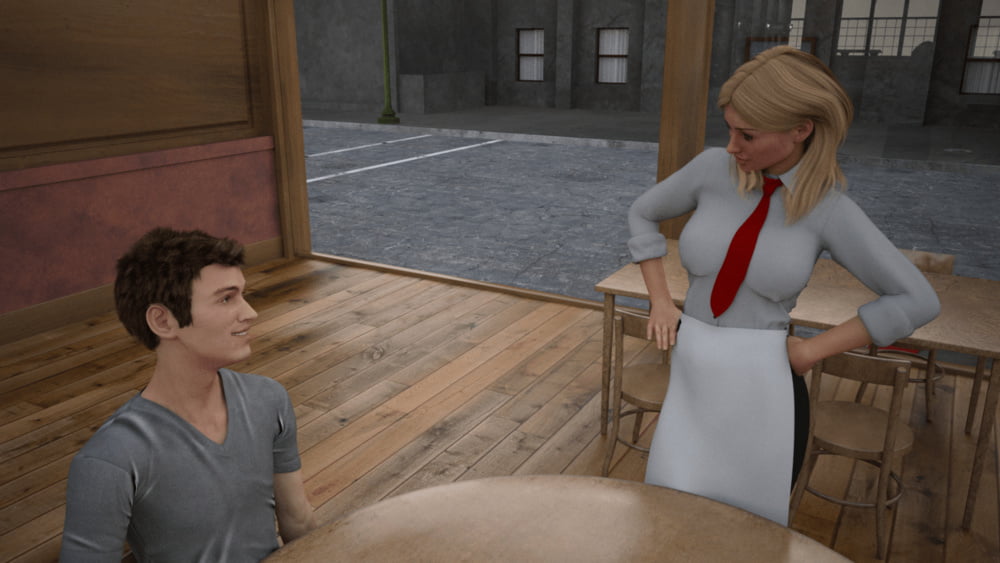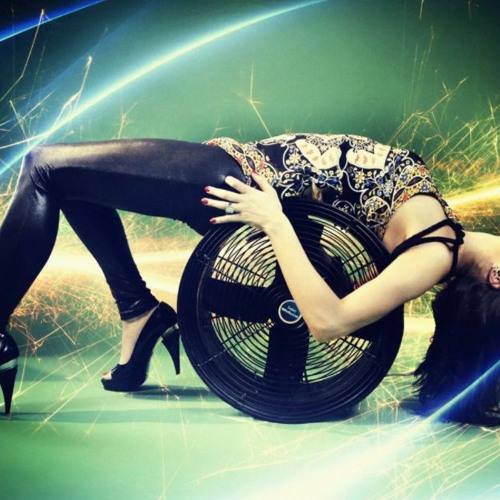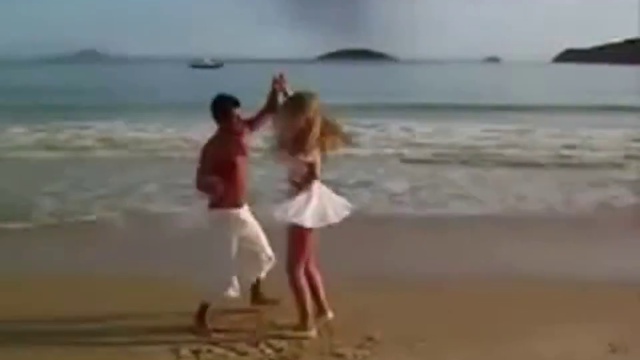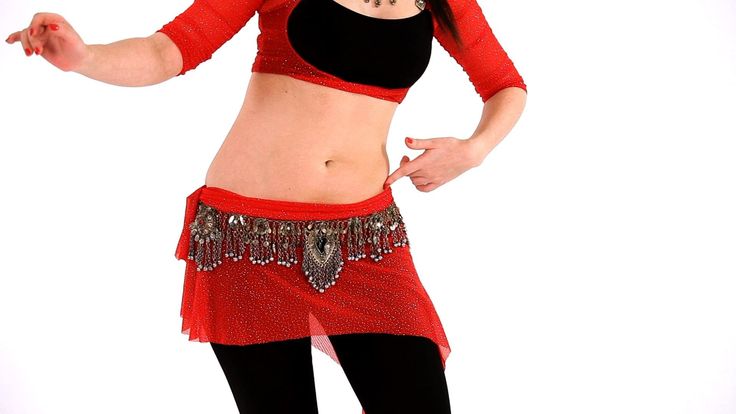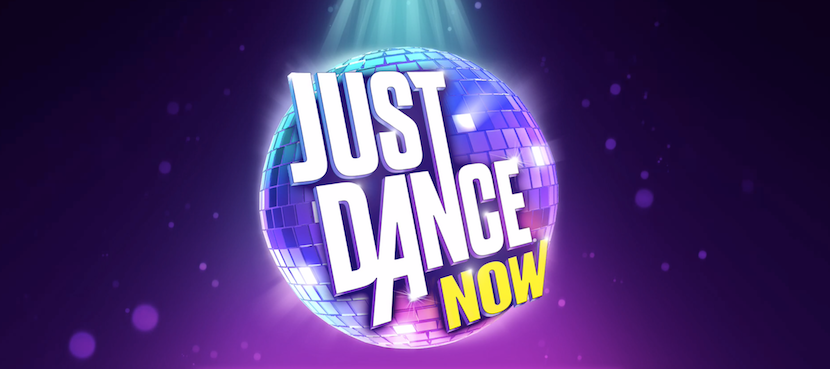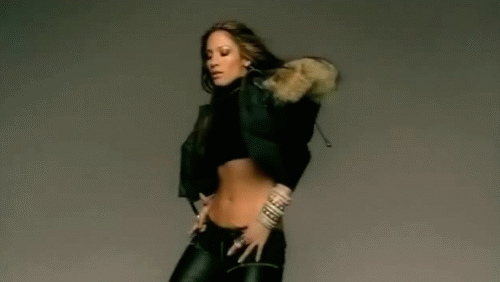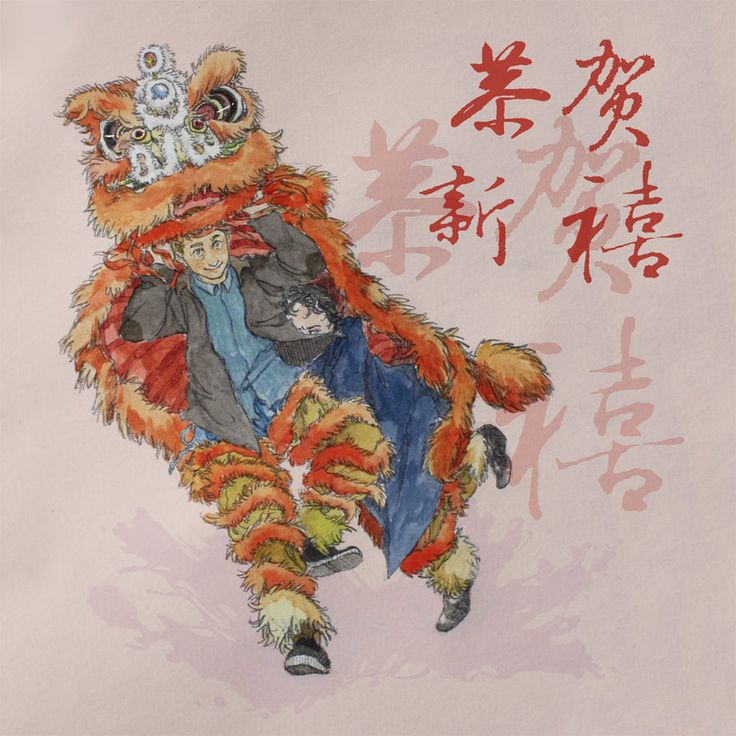How to dance zanku legwork
How to dance Zanku Leg work, tips and video
This is a guide on How to dance Zanku Leg work. Zanku Leg work is one of the most popular dances in Nigeria for 2019. It is trending all across social media with fans uploading videos of them doing the Zanku steps. There are people who love this dance but can’t figure out how to actually dance it.
An example of those kinds of people is me until I learned about how to dance Zanku. So, I’ve decided to write this piece to help those interested in how to dance Zanku Leg work, tips and video. Some say Zanku is the customized version of Shaku Shaku. But the truth is that Zanku has dethroned Shaku Shaku as the reigning dance in the country.
Origin of Zanku Leg Work
Most Zanku lovers today barely know about the origin of the dance. Prior to this dance, we had Shaku Shaku which was brought into the limelight by Olamide and his YBNL crew. Zanku as a dance was introduced into Nigeria by Zlatan Ibile. The Nigerian hip-hop artiste who raps majorly in the Yoruba language is the pioneer of Zanku. He even has a whole song dedicated to the dance.
How to Dance Zanku Leg Work
Below are the steps on how to dance Zanku Leg work;
- The first thing to do is to play a song whose beat vibes with the Zanku dance. The most recommended is the “Zanku legwork” song by Zlatan Ibile. Another good alternative is “Able God” by Chinko Ekun.
- With your preferred Zanku dance song playing in the background, bend your neck towards the floor.
- Cross your arms together to forming a scissors shape.
- Make the arms look like they are cutting through something simultaneously.
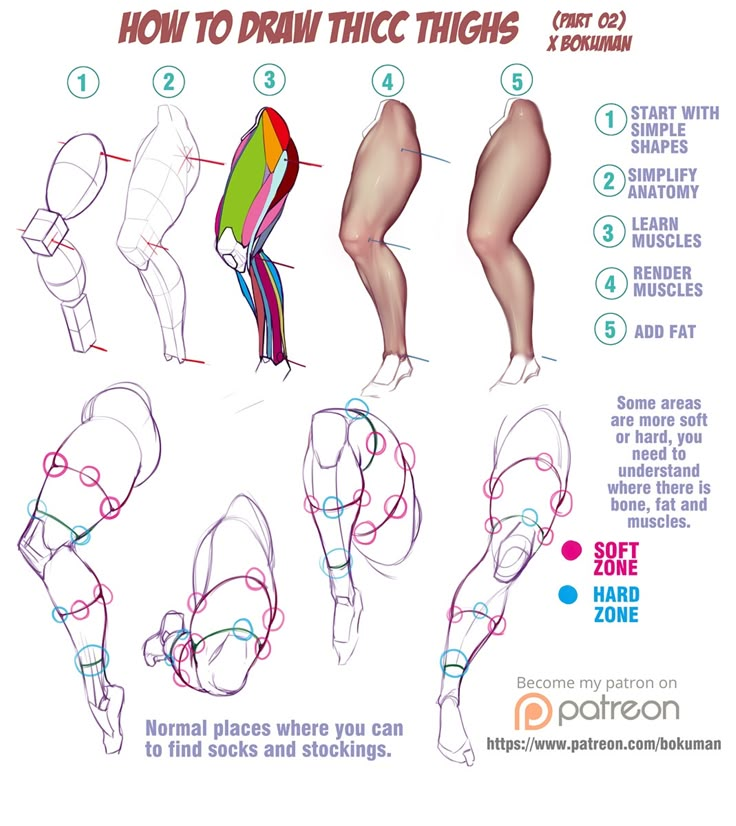
- While doing that slowly lift your right leg up a little bit. Drop it down and immediately lift your left leg up. Do this continuously with your arms still doing the scissor cut.
- Keeping doing these steps as you move along with the beat of the song.
- At a point, just stop your arms and quickly kick your two legs forward. Then continue with the steps again.
Video tips on How to dance Zanku Leg work
The best teaching of any sort of dance is working a tutorial video. YouTube is the best place to find the best Zanku Leg work tutorial video and tips. Just search “Zanku Leg work tutorial video” on YouTube, watch, learn and enjoy the dance.
Who is the real owner of Zanku Dance
The real owner of Zanku dance is Zlatan Ibile who is also referred to KapaiChuMariMariChoPaco master.
This is everything you need to know about how to dance Zanku Leg work, tips and video. There is never a good time to learn the Zanku Leg work dance other than now.
Zanku to the World: Oyinbo Man Warms Hearts as He Displays Amazing Legwork with Zlatan Ibile in Cute Video
- A young Whiteman displayed amazing dancing skills in a cute video that is fast going viral on social media
- The young man with the Instagram handle @norbertgg slugged it out on the dancefloor with singer Zlatan Ibile as they danced to Burna Boy's Killin Dem
- Some of those that praised the Whiteman said his legs were made for legwork, while others said he was prepared
A Whiteman has got many talking on social media with his amazing legwork as he took to the dancefloor with popular artiste Zlatan Ibile.
In a video that was shared on Instagram by @yabaleftonline, the young man proved to everyone around that he didn't come to play as he did the legwork moves to Burna Boy's Killin Dem.
The young Whiteman displayed amazing dancing skills in a cute video. Photo credit: @yabaleftonlineSource: Instagram
Zlatan and the man with the Instagram handle @norbertgg thrilled guests with their dancing skills as many captured the moment on camera.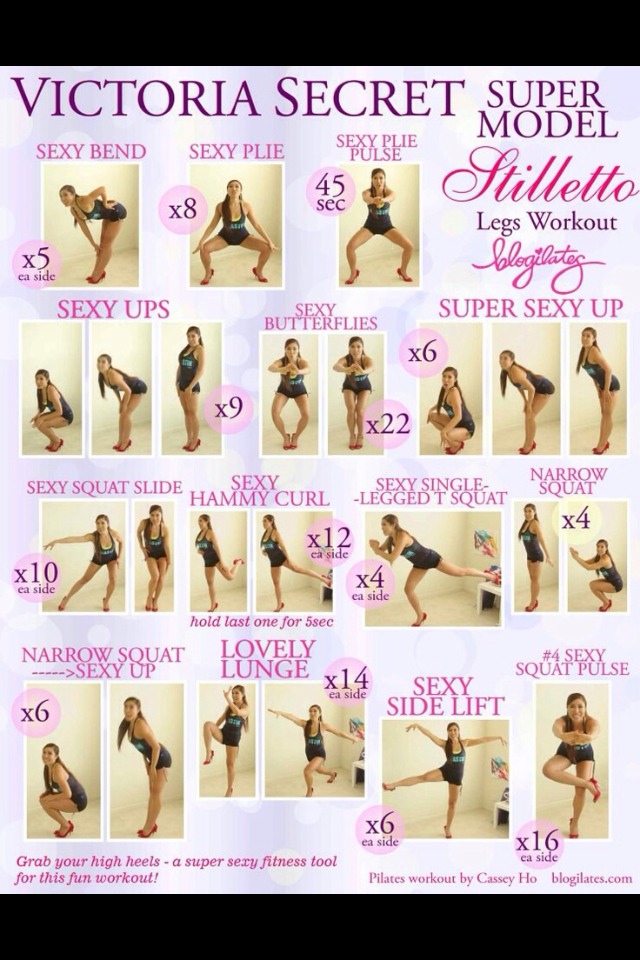
Read also
Cute man shows off bare belly, takes on daughter on dance floor, shakes body nicely, sweet video goes viral
Social media reacts
Many social media users showered the young man with praises as they flooded the comment section of the post with their thoughts.
PAY ATTENTION: Subscribe to Digital Talk newsletter to receive must-know business stories and succeed BIG!
An Instagram user with the handle @iamneetah wrote:
"His legs was made for legwork."
@_n.on.s.o_ said:
"He’s really good."
@purplegram_sophia commented:
"The guy was prepared."
@fefedesiigns wrote:
"This guy ehnn."
@alex_abike said:
"This song can never die."
Lady displays dancing skills in cute video
In similar news, a young lady got social media users talking with her fast legwork after getting on the dancefloor to slug it out with a man.
In the video that was shared on Facebook by Yabaleft, the young lady could be seen using all her energy to dance as her fast legwork got people screaming.
Decked in a long gown and wearing no shoes, the lady thrilled guests with her energy as people captured the moment with their phones.
Read also
Nigerian man goes on street, gives bundles of N500 notes to strangers, video shows him dancing to Buga
The man with whom she was dancing tried to match up with her energy but he fell short of the stuff the young lady was made of.
Little boy warms hearts as he performs Bella Shmurda's song
Legit.ng previously reported that a little Nigerian boy warmed hearts on social media as he was captured on camera singing Bella Shmurda's Triumphant with so much joy.
In a video that was shared on Instagram by @yabaleftonline, the boy could be seen jumping up in excitement and shaking his dreads as he sang the song word-for-word.
The DJ captured the moment on camera as the little boy immersed himself in the beautiful song in which Bella Shmurda featured legendary artiste Olamide.
One thing is clear in the video, which is the fact that the little boy is a fan of the popular artiste and has listened to the hit song time without number.
Source: Legit.ng
Footwork technique - Inter Hustle
Our dance involves active movement, rotation, precise control of one's own position and clear leading of the partner. The correct technique of footwork allows us not to get tired in the dance, move efficiently, quickly and beautifully, control your movements well, carefully guide your partner.
First, some basic concepts.
Stops and stability
When stopped after movement, we are stable only in the direction where the foot is looking (green arrows). Transverse (red arrows) you can stabilize yourself only in a very small range, if the weight has gone to the side - “catch” yourself will be difficult.
Each foot gives stability in a small sector, so it always makes sense to keep the feet at an angle when stopping 60°-120° to each other - depending on which direction we were moving and in what direction we needed sustainability.
The very common problem "I stagger at stops" is treated with a simple turning the foot ten degrees outward - this shifts the load to more powerful muscles that can return weight in balance.
Forefoot
Forefoot is a body position that places weight on the forefoot closer to the the base of the thumb.
We try to stop in front balance almost always (except when we definitely don't need to will quickly start moving after a stop - for example, support partners do not need this).
If you can get up on your toes without shifting your torso forward or backward, then you are in forward balance.
The front balance allows you to turn on the toe, which is necessary not only for the actual turns, but also for rotation of the body or amplitude work of the hips - if the leg is loaded with weight throughout the foot from heel to toe, “glued to the parquet, then the possibilities of turning the hips and body will be severely limited.
Feet, hips and body are rigidly bound
This seems to be a very obvious idea, but — a paradox! - this is always have to learn.
The hips, knees and feet are tightly bound, and the body can turn normally only if it turns corresponding foot. Twisting the hips normally is possible only if the feet turn. Therefore (including) although one foot should always stand on the toe, without touching the parquet with the heel.
Otherwise, either there will not be enough range for beautiful movement, or a strong torsional load will be created on joints, which is traumatic and dangerous to health.
Tense Legs, Working Muscles
In the dance, we use almost all the muscles of the legs, from those that flex the toes to the glutes. Depends on the first our stability, the latter help to extend the leg and stabilize the body. All the others, of course, also work - we all the time have to stabilize each of the joints of the legs, at each step to unbend and bend the legs.
During normal walking, many muscles are almost not involved, for example, the gluteal muscles in us usually turn on only under heavy backpack or squats. But if we include them in the movement process and make them work, we will shift them to them load off weaker and easily tiring muscles. Get to move faster, get less tired, move more efficient.
But if we include them in the movement process and make them work, we will shift them to them load off weaker and easily tiring muscles. Get to move faster, get less tired, move more efficient.
Movement phases
The movement itself can be divided into two phases:
- acceleration and movement
- full stop or reverse direction
Acceleration and movement
Normal steps are not suitable for a dance with constant movement, rapid change of direction and turns. They are also not suitable for slippery surfaces such as ice or parquet.
In the acceleration phase, given that the parquet is slippery, we will use almost the same technique that is usually used for movement on slippery surfaces - for example, on roller skates or skates:
ejection from supporting leg.
Similar action we we also perform outside of dancing, when when you need to take a very long step-slide to the side or, for example, jump over a puddle.it engages large, strong muscles. If we make them work on all movements, we will be less tired in the dance. and better control of the movement.
At the same time, we have a task - to make sure that we don’t bounce and don’t squatted, that is, so that the level of the head remained constant. How to bend and straighten the knee, but at the same time save level?
The supporting leg is bent and ready to straighten out to push us out.
But straightening the skating leg pushes us up or, with a slight slope, sideways or backwards, but forward - almost none. Therefore, in order to move forward without jumps, it is necessary turn on the foot:
Therefore, in order to move forward without jumps, it is necessary turn on the foot:
While turning on the supporting leg, we collect the free leg so that its foot was located along the support, perpendicular to the parquet. Next, we turn on the supporting leg, while sharply throwing the free one forward so that the touch of the parquet exactly coincides with the beat in the music, and then we transfer weight to it.
The foot of the free leg must be strongly tensed in order to smoothly absorb the transfer of weight to it: the heel must to fall on the parquet without a characteristic knock.
Redirection
Very often in dance there is a need not just to stop, but to immediately start moving in the opposite direction. direction (for example, in basic hustle or zouk).
direction (for example, in basic hustle or zouk).
It is advantageous to be able not only to merge all the inertia to zero, first spending forces on braking and then again on overclocking, and reuse energy.
Sounds complicated, but we do just that, for example, when we jump rope - the legs, including the feet, are tense, and we we can bounce them. That is, energy is not lost, but reused, as in a conventional mechanical spring.
That's why we're wrong we get very tired, making tens and hundreds of jumps over the rope. Try to jump over the full stop, dropping on your heels - the difference will immediately be very noticeable after 5-10 jumps.
Full stop
In cases where we need to come to a complete stop and stand securely on the floor, technology comes to the rescue fixation. This gives us stability at stops, the ability to dance on the spot, actively using the body, to give good support for a partner.
This gives us stability at stops, the ability to dance on the spot, actively using the body, to give good support for a partner.
The easiest way to explain this technique is with a surface table and fingers sliding on it. Place your thumb and forefinger on the table. If we just try connect your fingers, they will slip.
But if we press them hard on the surface and then try to bring them together, they won't not only will they not slip, but they will also serve as a fairly reliable support for us. We can hold on to slippery surfaces.
We do the same with our feet at stops when we want to fix: we press into the parquet and strain our legs, as if we are trying to bring them together.
Moreover, if the weight is concentrated on the supporting leg, then it will be enough to stand in the front balance on it, and the main the force of pressure will be on the free leg.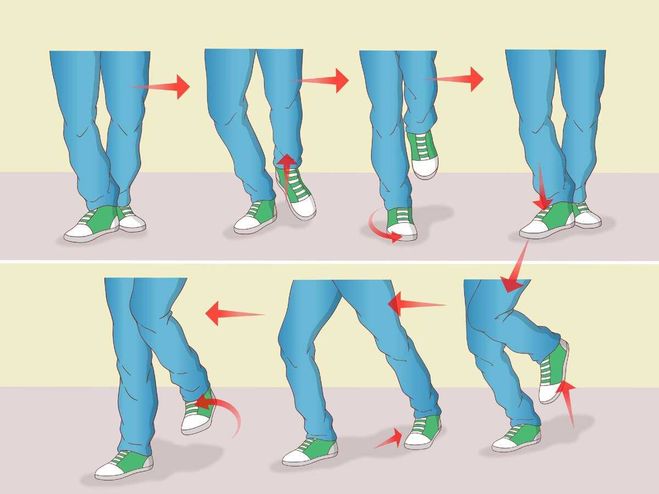 Physically, we thereby minimize the contact patch and distribute pressure between the legs, creating a friction force that will "hold" us.
Physically, we thereby minimize the contact patch and distribute pressure between the legs, creating a friction force that will "hold" us.
For example, a partner who falls sharply into support can thus create additional support for herself, pressing with his free foot into the parquet. The partner can also make the position in "disclosure" more stable.
That's all - we have analyzed the phases of acceleration and movement, redirection and stop. We hope that in general this will help you dance beautifully and at the same time - spend less energy.
As you can see, the techniques are simple enough to be hammered into the muscles in a few months of practice, but this are not always obvious. If this article helped you, share it :)
Have a great dance!
How to learn to dance shuffle - Lifehacker
December 15, 2019 Likbez Sports and fitness
Master the basic moves, then improvise and have fun.
Iya Zorina
Author of Lifehacker, athlete, CCM
This dance style includes a lot of freedom and improvisation. That is why he is so good. You can master the basic movements in a couple of hours, and then complicate them to infinity and combine them with each other, create your own combinations and spy on others.
That is why he is so good. You can master the basic movements in a couple of hours, and then complicate them to infinity and combine them with each other, create your own combinations and spy on others.
Dance in sneakers, socks or barefoot, in any outfit, anywhere.
Master the basic movements of the shuffle
In this style, you do all the basic movements with your feet, the hands most often move freely - according to the heart.
Running man
This is the most basic and essential shuffle movement. You can do it in three different ways.
Full foot
The movement begins by bending your knee and lifting one leg. Next, you need to simultaneously put both legs - supporting and raised - at a distance of one step from each other.
The raised leg is placed forward on a full foot, the standing one behind slips back on the ball of the foot and remains on it - the heel is not placed on the floor. The weight is evenly distributed between the two legs.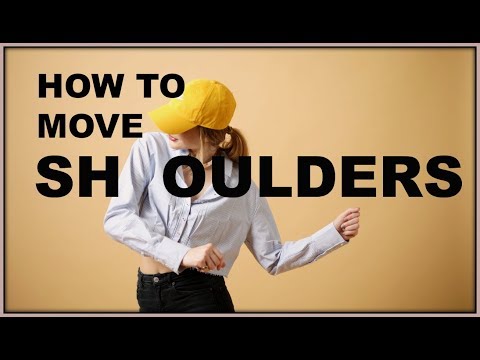
After that, it remains to return to the starting position. To do this, the front leg slides back, and at the same time, the back leg is pulled up. You find yourself in the starting position and repeat the cycle. The movement itself is soft and springy: do not stick into the floor, keep your legs relaxed.
Heel
This is a lighter and faster running man look that may be needed for some combinations. Here you put your foot not on the whole foot, but on the heel. At the same time, the one standing behind remains on the toe.
On pads
In this variation, the foot is placed forward on the pad. At the same time, the one standing behind also remains on the ball of the foot, and the body leans slightly back.
T‑step
In this movement, one foot constantly makes a “herringbone” - turns the heel in and out - and the second touches the floor and immediately rises back.
When the heel of the skating leg turns inward, the toe of the other leg touches the floor; when outward, the other leg rises, turning the knee inward.
It turns out two positions: closed - when the legs are wrapped with the knees inward, and one leg is raised, and open - when the legs are turned out with the knees outward, and the toe touches the floor. Practice doing the T-step in both directions: slowly at first, then with acceleration.
Rocking
You jump on one foot, and the other touches the floor in different places: on the side of the supporting leg, across, behind - anywhere you want. You can put your foot on the toe or on the heel - the latter is called a kick. The supporting leg can simply rise low or perform a T-step - move the heel out and in.
Charleston
To begin, you turn your knees and toes inward and lift one leg. Then turn your toes and knees outward, and put your raised leg forward crosswise. Repeat the same with the other leg.
All movement occurs on the balls of the feet, the heels do not fall to the floor. You can move both forward and backward.
Diamond
First you put your feet crosswise with your toes outward with a jump, then you also spread your legs apart with a jump.
Slides
One leg is straight, stands on the whole foot, the other is with a bent knee on the pad. Leaning on the pad, you slip the foot of a straight leg back, as if wiping the sole on the floor.
Immediately after the slip, you turn around. In the turn, the straight leg bends and goes to the pad, and the one that was on the pad, on the contrary, turns on the heel. After that, it remains only to change legs and move in the same way in the other direction.
Scissors
From the starting position - standing with a raised leg, as in Running man - you turn your hips to the side with a jump and put your legs crosswise.
The front foot is on the heel, the back foot is on the ball. Then you jump back to the starting position and do the same on the other side.
Sidekick
From the starting position, you turn your hips to the side with a jump and spread your legs a step apart from each other. The standing foot in front is placed on the heel, the standing one behind remains on the pillow. Then, with a jump, you collect your legs and do the same on the other side.
Then, with a jump, you collect your legs and do the same on the other side.
Try other variations of the basic shuffle movements
You can perform basic movements in different directions: forward and backward, turning around. This will give you more freedom to improvise.
Variations Running man
Do several times in place and then turn around. You can also try walking this way to the side. Each time the leg will need to be placed slightly crossed in order to slowly move to the side.
Variations T‑step
You can lower your foot on the toe, on the whole foot, touch the floor to the side of the supporting leg or forward and behind it.
You can also keep the other leg off the floor at all - leave it on the toe and turn the knee in and out.
Variations Diamond
Here one more element is added to the movement – the heel strike. In the starting position, you wrap the toes of the feet and knees inward, and then jump on the heels, turning the socks to the sides.
From this position, without jumping, you turn your toes and knees inward, cross your legs with a jump, turning your feet with your toes outward, and then return to the starting position.
Charleston Variations
After three turns of the Charleston, turn both toes in one direction and then in the other. At the end, you can turn the knee to the side.
Connect familiar shuffle moves
While you lack the skills to move freely and come up with something of your own, learn a few combinations. They contain interesting movements that will replenish your dance vocabulary.
Combination 1
This is a simple combination of two basic movements - Running man and T-step. First take five Running man steps, then four T-steps to the side and repeat the same in the opposite direction.
Combination 2
Another combination of two basic movements. Here you do three Running mans, then one T‑step with a back foot touch, and two front heel touch kicks.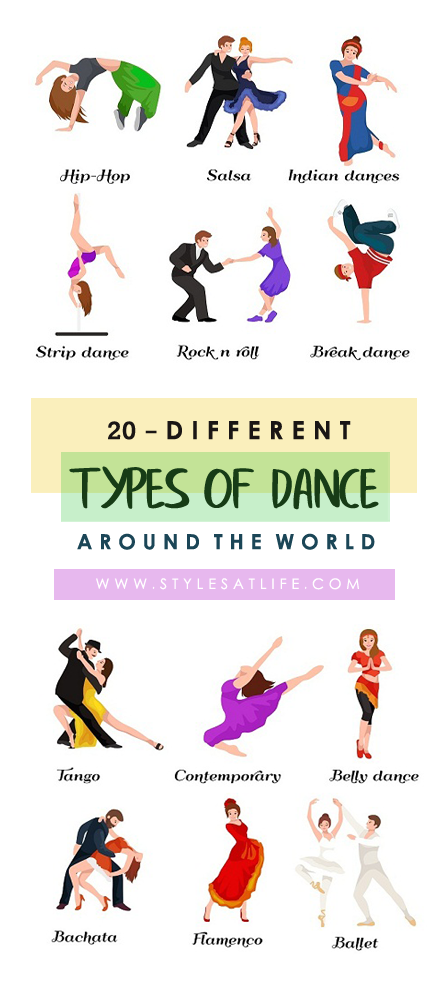 The same on the other side.
The same on the other side.
Combination 3
There are no standard steps here, but there are already familiar Sidekick and transition from heels to toes.
Learn more difficult combinations
We will add some videos with good combinations.
1. Cool video for beginners: movements are repeated in slow motion to make it easier to dance to the music.
2. And here the combination is analyzed step by step in slow motion, dividing it into three parts. Very comfortably. Look for more on this channel, there are several such analyzes.
3. No slowdown here, just a great combination. But you already know almost all the movements, so you can figure it out. If something is not clear, watch the video at a speed of 0.
